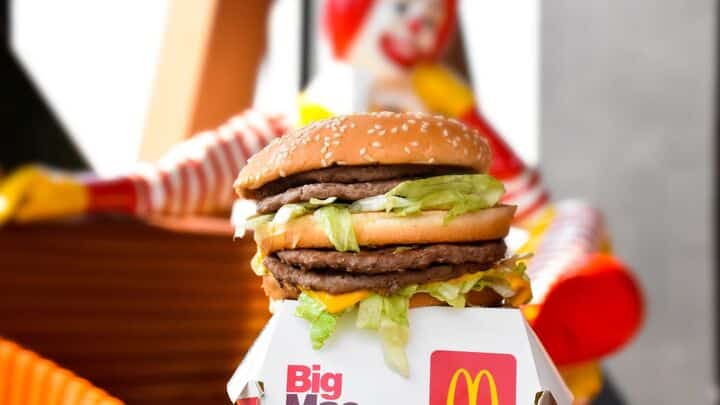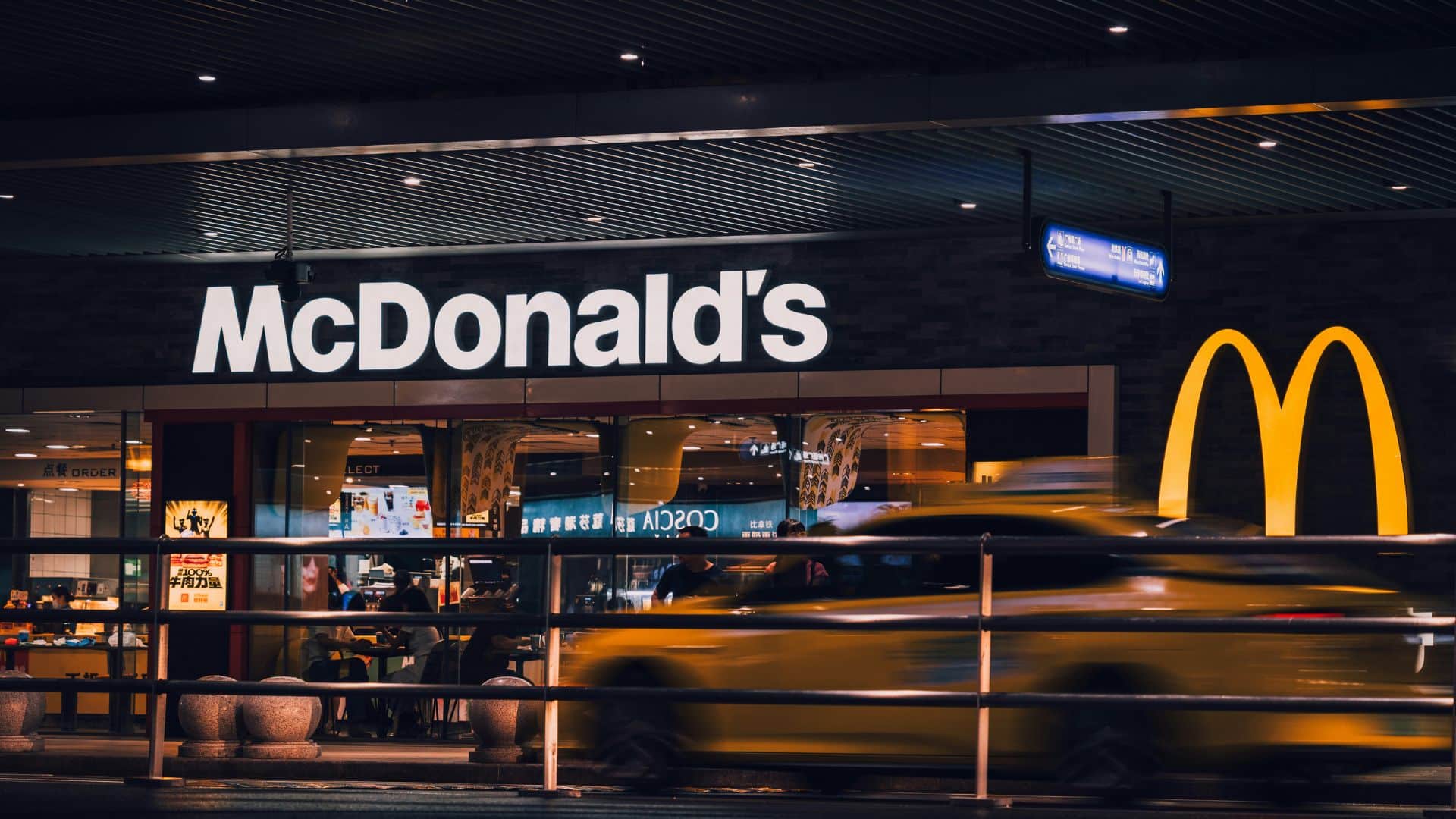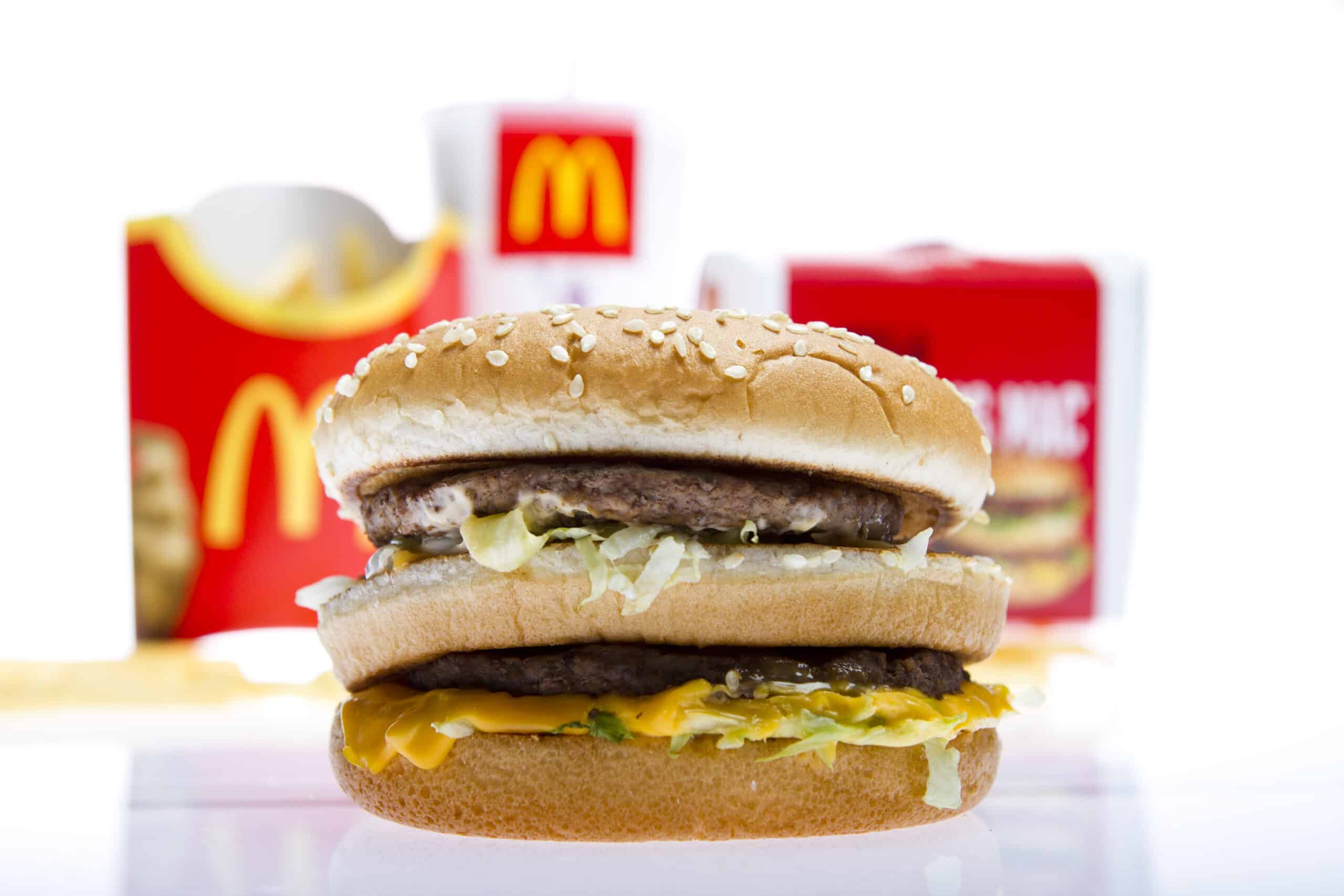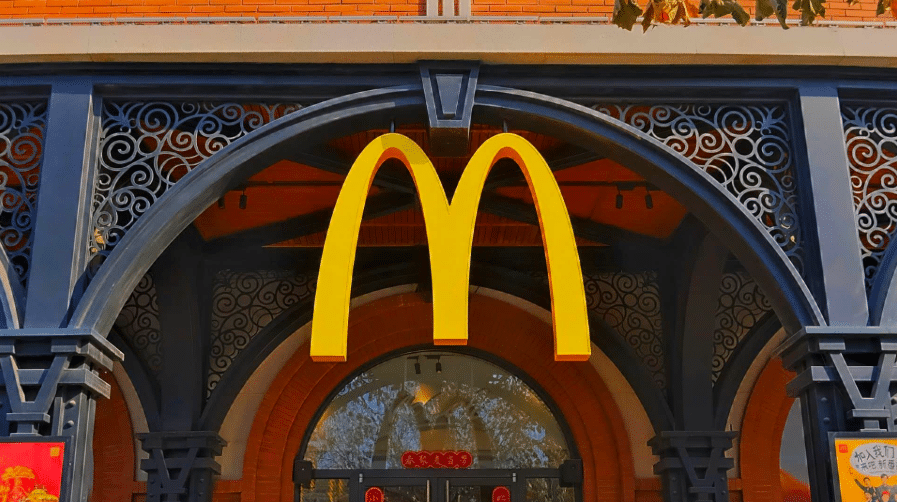
Every day, millions of meals are prepared and served at McDonald’s restaurants worldwide. But what happens to the food that doesn’t end up in a customer’s hands? With annual revenues exceeding $25 billion, the company produces an enormous amount of food each year, which makes managing waste a crucial part of its operations. McDonald’s has developed a set of clear procedures designed to minimize waste, prioritize donations, and responsibly dispose of what cannot be reused.
Minimizing waste before it starts

McDonald’s approach to reducing waste begins long before any meal is cooked. The company follows the U.S. Environmental Protection Agency’s (EPA) hierarchy for managing food waste, which emphasizes prevention as the first and most important step. This involves improving supply forecasting, training employees on efficient preparation methods, and optimizing the use of ingredients to reduce unnecessary leftovers.
From surplus to support

When there is extra food, McDonald’s prioritizes donation efforts over disposal. The brand partners with organizations such as Feeding America, The Global FoodBanking Network, and Food Donation Connection to ensure that safe, unused ingredients reach people in need. These collaborations not only reduce waste but also help combat food insecurity in communities across the world.
What gets donated and what doesn’t

Not every leftover item can be donated. Meals that have already been cooked and served to customers must be discarded for safety reasons. However, unopened ingredients and safely stored food can be redirected to food banks. During the COVID-19 pandemic, McDonald’s strengthened these efforts, donating approximately $12 million worth of food between March and June 2020 to assist those facing hunger.
Strict rules on food freshness

One of McDonald’s fundamental food safety policies is its 15-minute rule, which requires discarding any prepared food that has been sitting for too long. Although employees admit that this standard can vary depending on circumstances, the goal remains to ensure that no spoiled or unsafe food reaches customers. Any unsold items are counted and logged at the end of each shift.
Responsible tracking and disposal

Every McDonald’s location is required to keep detailed records of wasted food items. This allows the company to analyze patterns and make operational adjustments to minimize losses. The data collected helps corporate teams decide the best disposal methods, from composting to energy recovery through anaerobic digestion, depending on local regulations and facilities.
Partnerships that make a difference

Through its partnerships with global food organizations, McDonald’s turns potential waste into meaningful contributions. Food Donation Connection, for example, helps coordinate collection and delivery efforts so that perishable goods reach shelters and community kitchens quickly. Such initiatives highlight how large corporations can participate actively in reducing hunger while protecting the environment.
Upcycling and animal feed

In addition to donations, some of McDonald’s food waste is upcycled or repurposed. When ingredients are no longer suitable for human consumption but remain safe, they can be converted into animal feed. This practice not only reduces disposal costs but also promotes circularity within the food system by ensuring resources continue to provide value.
Composting as a sustainable option

For waste that cannot be reused or donated, composting provides an environmentally friendly solution. Many McDonald’s franchises work with local partners to turn organic waste into compost, which can later be used in agriculture. This method reduces methane emissions that would otherwise arise from landfills and supports soil regeneration.
Commitment to continuous improvement

McDonald’s claims to waste less than 1% of its edible food stock, thanks to ongoing efforts to refine its operations. Still, the company continues to explore new technologies and partnerships to reduce waste further. From smarter inventory systems to better donation logistics, McDonald’s sees sustainability not just as a policy but as an evolving responsibility.
A culture of accountability

Ultimately, the brand’s strategy around leftovers reflects a broader commitment to accountability and ethical responsibility. Every burger, fry, or bun that doesn’t go to waste represents progress toward a more sustainable future. By combining prevention, donation, and responsible disposal, McDonald’s demonstrates how global food chains can play a key role in shaping more efficient and compassionate food systems.

